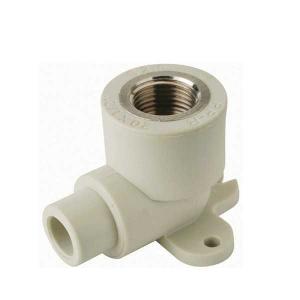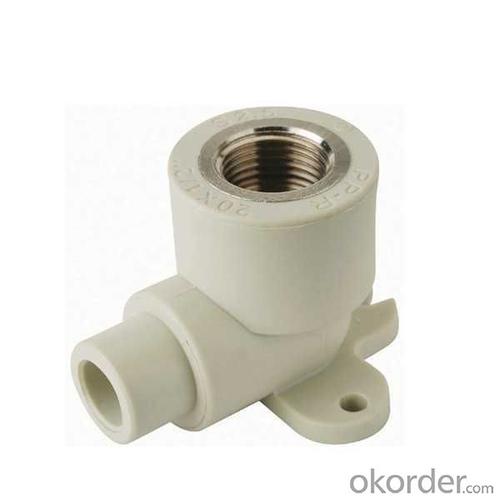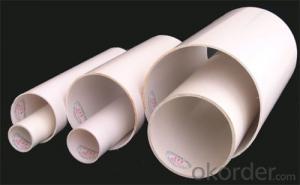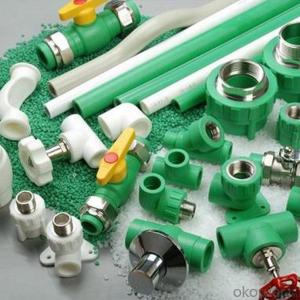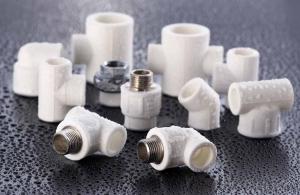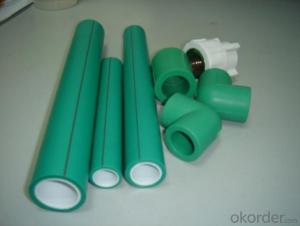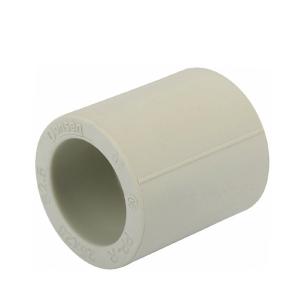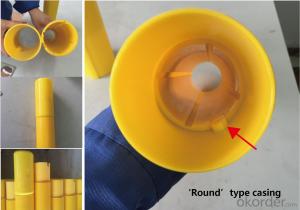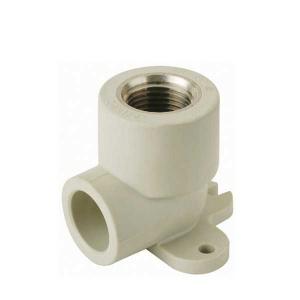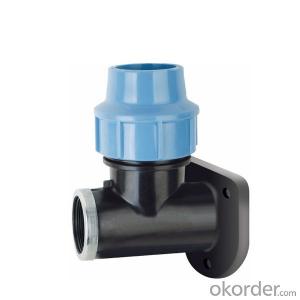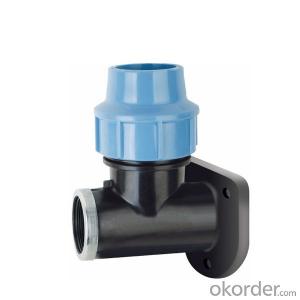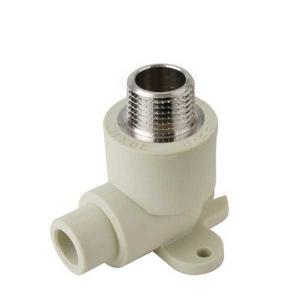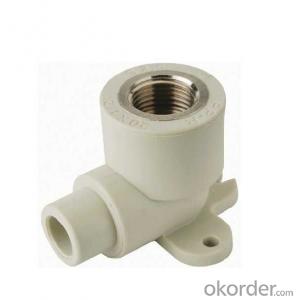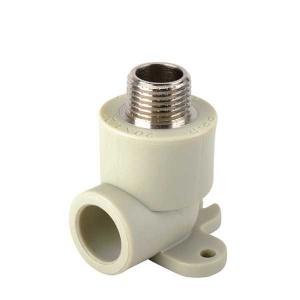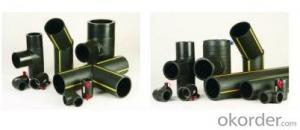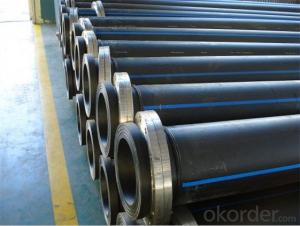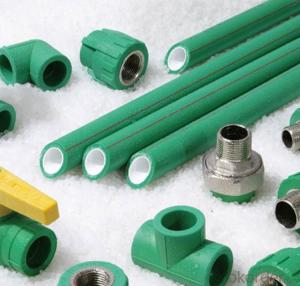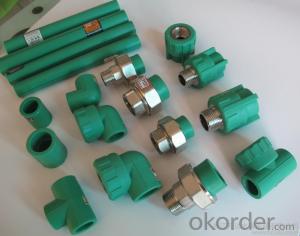Savko Plastic Pipe & Fittings - High Quality Elbow 90 for Wall Mounting External/Internal Female
- Loading Port:
- Ningbo
- Payment Terms:
- TT or LC
- Min Order Qty:
- 1000 watt
- Supply Capability:
- 100000 watt/month
OKorder Service Pledge
Quality Product, Order Online Tracking, Timely Delivery
OKorder Financial Service
Credit Rating, Credit Services, Credit Purchasing
You Might Also Like
 ppr fittings HYOSUNG PPR raw materials standard:DIN8077-8078 GB/T18742.3-2002 PN25 White grey green color
ppr fittings HYOSUNG PPR raw materials standard:DIN8077-8078 GB/T18742.3-2002 PN25 White grey green color
1.Material:Random Polypropylene(Hyosung R200P);
2.ISO9001&ISO14001;
3.Standard:GB/T 18742.3-2002, DIN8077/8078;
4.OEM also ok
- Q: What tools are needed to install plastic pipe fittings?
- The tools needed to install plastic pipe fittings typically include a pipe cutter, a deburring tool, a heat gun or torch, and a wrench or pliers for tightening the fittings.
- Q: What are the common shapes and configurations of plastic pipe fittings?
- Common shapes and configurations of plastic pipe fittings include elbows, tees, couplings, adapters, unions, reducers, caps, and plugs. These fittings are available in various sizes and are designed to connect and redirect pipes in plumbing and industrial systems.
- Q: What are the common installation methods for plastic pipe fittings?
- The common installation methods for plastic pipe fittings include solvent welding, compression fittings, and push-to-connect fittings.
- Q: Can plastic pipe fittings be used for gas piping?
- Yes, plastic pipe fittings can be used for gas piping, but it is important to ensure that the fittings are specifically designed and approved for use with gas. Using fittings that are not specifically designed for gas can be dangerous and may result in leaks or other safety hazards.
- Q: Do plastic pipe fittings require any special tools for installation?
- Yes, plastic pipe fittings typically require special tools for installation. These tools may include pipe cutters, reamers, deburring tools, primer, and solvent cement.
- Q: How do you repair a broken plastic pipe fitting?
- To repair a broken plastic pipe fitting, you can start by turning off the water supply and draining any remaining water from the pipe. Then, remove the broken fitting by cutting it out using a hacksaw or pipe cutter. Once removed, clean the ends of the pipe and the new fitting thoroughly. Apply a generous amount of PVC primer to both the pipe and fitting, followed by PVC cement. Quickly join the two together, making sure they are aligned properly. Allow the cement to dry according to the manufacturer's instructions before turning on the water supply again.
- Q: Are plastic pipe fittings resistant to bacterial growth?
- Yes, plastic pipe fittings are generally resistant to bacterial growth. The smooth surface of plastic pipes and fittings makes it difficult for bacteria to adhere and grow. Additionally, many plastic pipe materials, such as PVC and PEX, have inherent antimicrobial properties that further inhibit bacterial growth. However, it is still important to properly clean and maintain plastic pipe fittings to prevent any potential bacterial contamination.
- Q: How do plastic pipe fittings work?
- Plastic pipe fittings work by connecting different sections of plastic pipes together, ensuring a secure and leak-proof joint. These fittings are typically made from various types of plastic, such as PVC or CPVC, and feature threaded or solvent weld connections. The fittings are designed to match the specific diameter and type of plastic pipe, allowing for easy installation and disassembly if needed. The joint is created by either screwing the fittings together or applying a solvent cement that chemically bonds the plastic surfaces. This creates a tight and durable connection that can withstand the pressure and flow of fluids within the pipes.
- Q: Can plastic pipe fittings be used in culvert systems?
- Yes, plastic pipe fittings can be used in culvert systems. Plastic pipe fittings are commonly used in culvert systems due to their durability, corrosion resistance, and ease of installation. They are lightweight, cost-effective, and can withstand the pressures and environmental conditions typically found in culvert systems. Additionally, plastic pipe fittings offer a variety of options to accommodate different pipe sizes and configurations, making them suitable for various culvert applications.
- Q: Are plastic pipe fittings resistant to fire?
- No, plastic pipe fittings are not generally resistant to fire.
Send your message to us
Savko Plastic Pipe & Fittings - High Quality Elbow 90 for Wall Mounting External/Internal Female
- Loading Port:
- Ningbo
- Payment Terms:
- TT or LC
- Min Order Qty:
- 1000 watt
- Supply Capability:
- 100000 watt/month
OKorder Service Pledge
Quality Product, Order Online Tracking, Timely Delivery
OKorder Financial Service
Credit Rating, Credit Services, Credit Purchasing
Similar products
Hot products
Hot Searches
Related keywords
